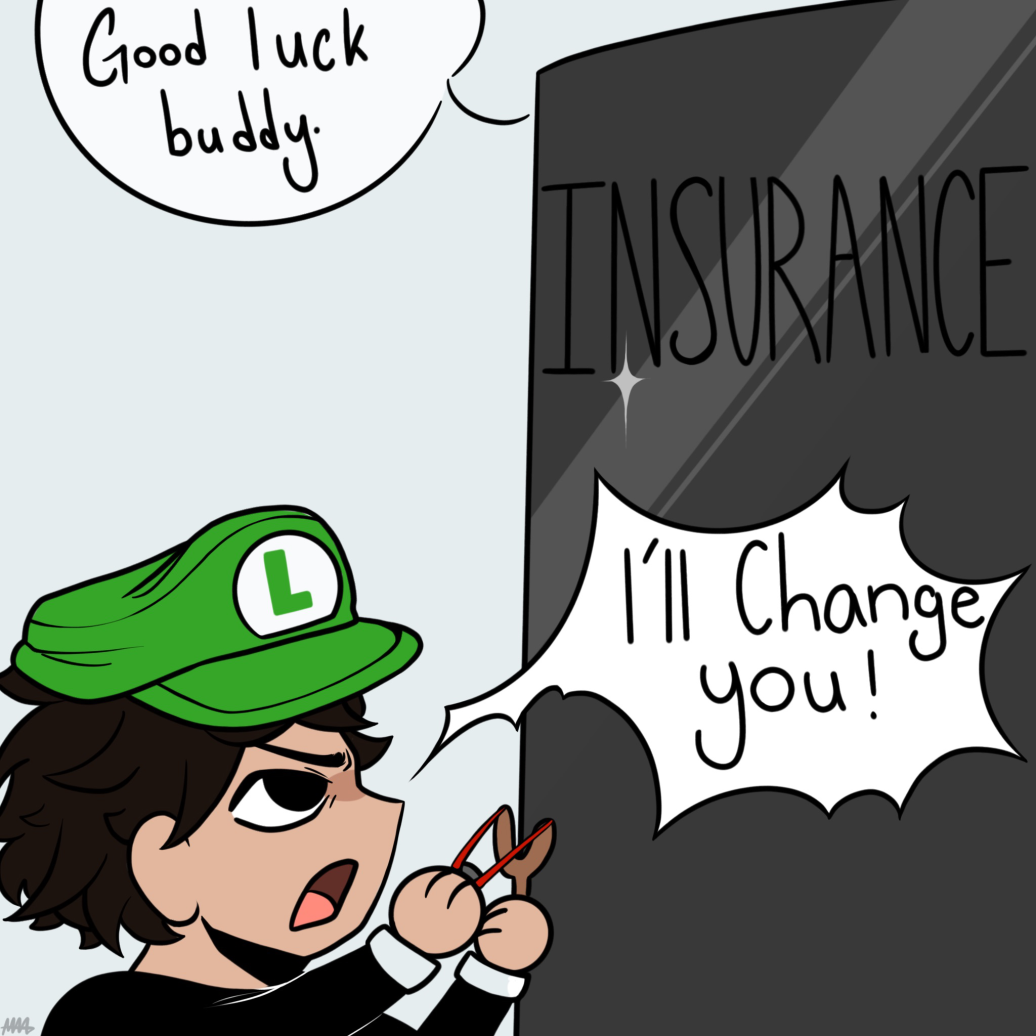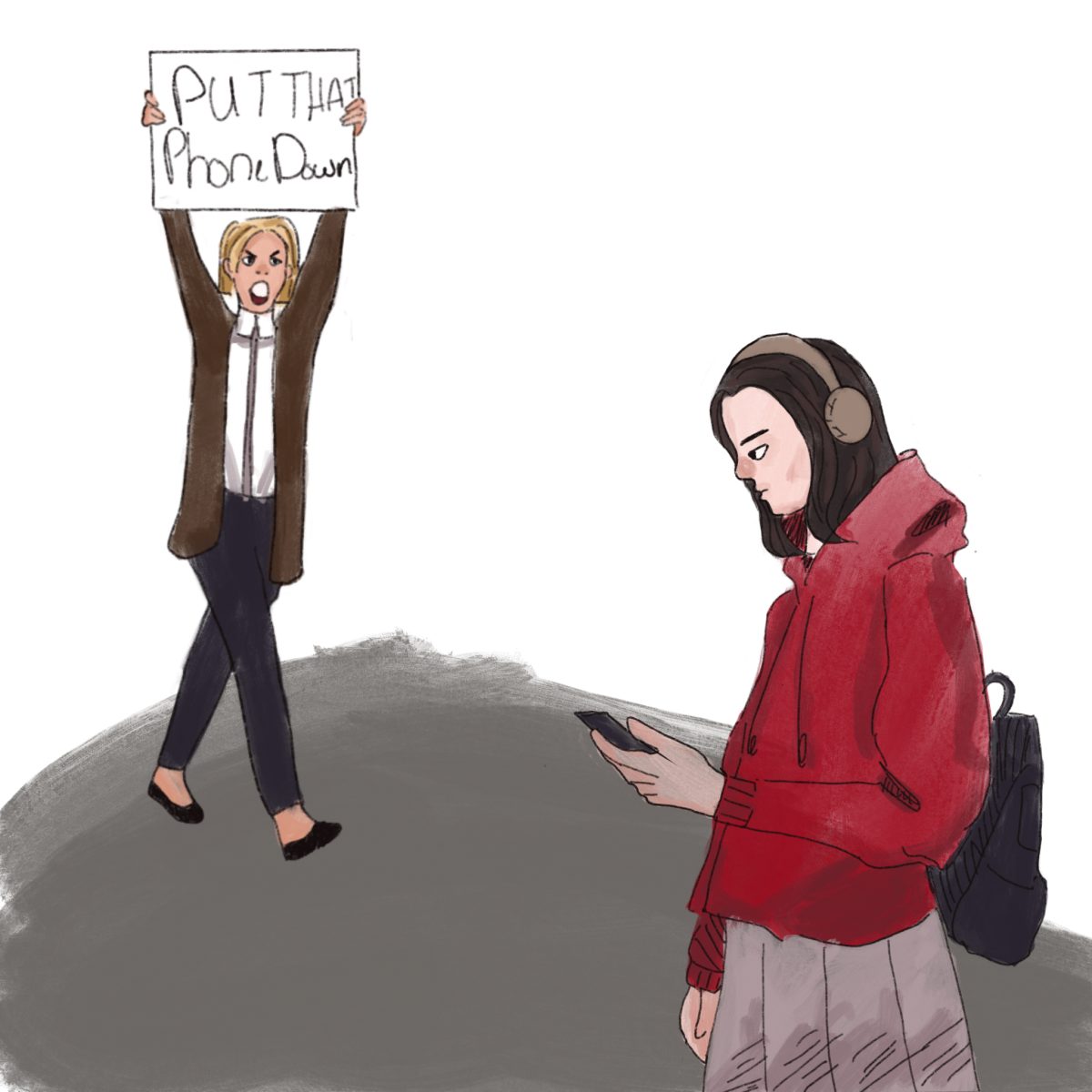“Students and teachers, at this time, we will be entering into secure lockdown mode.”
The principal’s voice booms over the intercom.
Seconds later, giggles.
Behind locked doors, shuttered windows and impromptu barricades, students can’t keep their nervous laughter to themselves.
Why should they? It’s the fourth social media threat made against Bellaire High School in just one month.
Some involved bomb plans, others detailed race-based shootouts and some told of killings during a fake fire alarm. All of them were unsubstantiated. Now, four months into school, even with tightened security requirements, the fear of violence still feels fresh.
“The school threats make me worried about going to school because any kid could easily snag a gun from their house, put it in their bag and unload on Main Street,” a senior, who requested anonymity because of the sensitivity of the issue, said. “They might say it was a joke, but if someone does shoot up the school after literally saying that they were going to shoot up the school, I essentially sacrificed myself for a day of class.”
Bellaire isn’t alone in facing this issue. Across Texas and the nation, online school threats have surged to unprecedented levels in 2024. Lockdowns, bomb dogs and extra police officers are some of the hottest back-to-school gifts this fall season.
But we, the students affected by these threats — and the ones making them — have to ask ourselves: what is the true cost of these online threats?
The answer? Far greater than we could ever imagine.
These threats impose an enormous financial burden on schools, especially in Texas, where funding is directly tied to average daily attendance. Each time a student misses school due to fear of a shooting, districts lose $45 in funding. This loss not only affects schools’ budgets but also siphons away resources that could otherwise be used to hire more teachers, support students’ mental health or even purchase supplies.
But the cost isn’t just monetary. It exacts a heavy emotional toll that creates an atmosphere of intense fear. Teachers can’t teach when a bomb threat looms overhead. Students can’t learn when anxiety clouds their thoughts. No one can do anything but feel helpless when we’re all huddled in a corner during a lockdown.
As these threats become more frequent, there’s also the risk of desensitization. Because, yes, we were scared the first time. And the second. And the third. And maybe even the fourth. But once we realized that these threats were constantly popping up on social media, you start to treat them as inconveniences instead of life-threatening situations. This desensitization can lead to a dangerous complacency where the gravity of potential threats is diminished in our minds.
However, there are proactive measures we can take to enhance safety. Wearing IDs, not opening doors to strangers and reporting suspicious activity are simple steps to protect our school. These measures help ensure that only authorized individuals are on campus, reduce potential risks from unknown visitors and allow quick action when something seems off.
But most importantly, we must stop treating online threats as a laughing matter. It’s time we recognize the true costs of these “jokes.” Bellaire deserves better, and it starts with each of us choosing to take these threats — and our shared responsibility — seriously.






